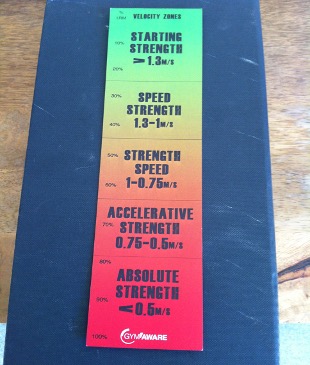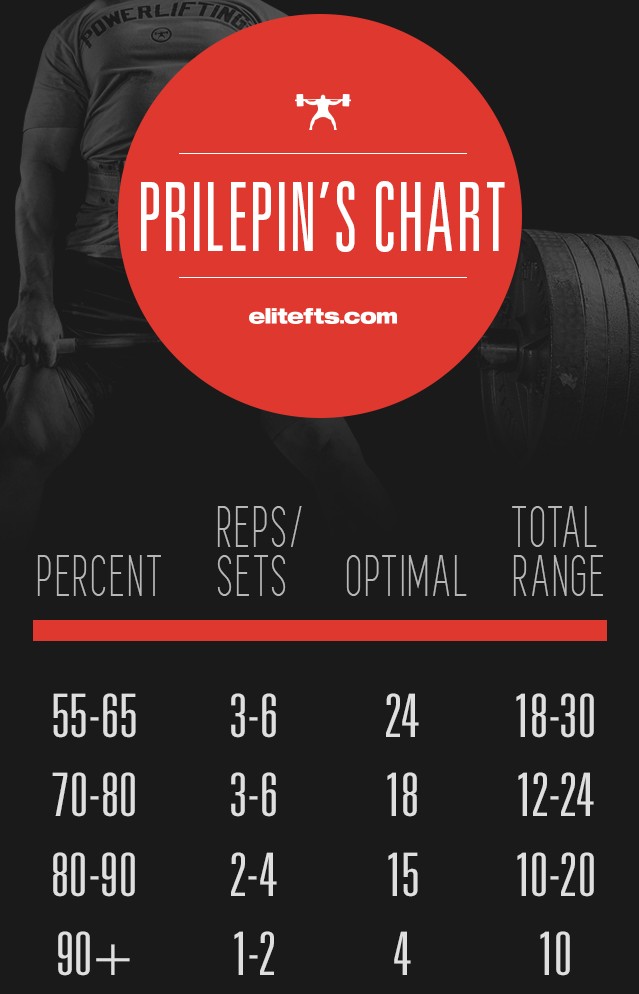
What is the eternal triangle shape of sports weight training?
While probably not an equilateral triangle where all the training variables are given equal time, it's either an isosceles (two sides are the same length) or a scalene triangle. As an isosceles, two aspects of development are given equal time. A scalene triangle has three unequal sides. Therefore, one type of training is prioritized as the others have importance in the overall concurrent style of training. The scalene triangle, in my opinion, is the best programming approach for team sports athletes.
RECENT: Do We Deliver on Our Job Title?
Keep in mind that as a player develops, they may require specific emphasis on each of the three sides of the triangle, considering speed, strength, and size. Hence, balanced development prioritizes the aspects that require work while developing strength. As Louie Simmons says, "Whatever we do not train, we lose."

Although strength can be said to underpin all other bio-motor qualities, without speed the transference from the weight room to the field will be incomplete. What sport or game was ever played in the weight room? As Joe Kenn would say, we are training (insert your sport here) players, not weightlifters, and that the only thing that transfers from the weight room to the field is confidence. Also as Louie Simmons has said often, a weight is missed because you were not fast enough, not necessarily strong enough. As individual sticking points will come into play, you can blast your way through these biomechanical disadvantage points to finish a max or near-max lift.\
Velocity-Based Training Zones
Hence, the triangle approach and the application of velocity-based training (VBT) to ensure that what you intend to train is actually being trained and measured objectively. I group these velocity metrics into three zones following the work of GYMAWARE in developing this easy-to-read bookmark. Although there are five zones in this, I would condense them to three for this particular program:
Zone 1: > 1.0 m/s (Speed Strength & Starting Strength)
Zone 2: 0.5 – 1.0 m/s (Strength Speed & Accelerative Strength)
Zone 3: < 0.5 m/s (Absolute or Maximal Strength)
In using these three zones, I am attempting to utilize aspects of the force-velocity curve to optimize training for the area that is of most importance for a particular player. The most applicable starting point is the percentage of the 1RM. The 1RM would be performed with a VBT device to measure speed and then the load would be re-adjusted accordingly. So this would look like this:
Zone 1: < 60% of 1RM
Zone 2: 60 – 85% of 1 RM
Zone 3: > 85% of 1RM
Strength Program Snapshot
Preparation
- Hip Mobility
- Hurdles – 10 reps forward and backward, 10 reps under. and overs
- Lunge Combination – Backward, forward, and lateral, 2 x 10 each side
Weights
- Primary Peak Force Movement (Squat): 4 – 10 reps @ 90+% contrast super set with 3 x Box Jumps
- Primary Peak Power Movement: 6 x 3 reps @ 70-80% contrast super set with 3 x repeat long jumps each set
- Secondary Peak Force movement (Hinge): 4 – 10 reps @ 90+% contrast super set with 3 x knees-to-feet jumps each set
- Hamstring specific movement: 3 x 6 reps
Weighted Core Circuit (3 Times Through)
- ½ Turkish Get Up with KB x 5 each side
- Band Barbell Rollouts x 10
- Farmers Walk Implement Suitcase Deadlift x 5 each side
- Windmill x 5 each side
Power Program Snapshot
Weights
Neural Activation Protocol (hops, jumps, bounds)
Done as a tri-set for 5 total sets:
- Primary Power Exercise of Choice (speed-strength orientation) x 3, 60%
- Depth Jump x 3
- 10-meter sprint through timing lights
Done as tri-set for 4 total sets:
- Secondary Power Exercise of Choice (strength speed orientation) 6 x 4, 80%
- Hurdle Jumps x 3 into a 20-meter prowler push
- Primary Peak Force Movement (usually squat or deadlift) 4 – 10 reps @ 90%
When looking at a four-week block of training rather than the snapshots above, I would consider the following depending on the training age of the player. It is very important to look at each individual player to ascertain if they are ready for this type of loading and that is why the use of the Prilepin Chart and the Intensity Number of Lifts (INOL) allows the coach to modify accordingly.

Weekly INOL Guidelines
- Less than 2: Easy, doable, good to do after more tiring weeks and pre-peaking
- Between 2 and 3: Tough but doable, good for loading phases
- Between 3 and 4: Brutal, lots of fatigue, good for a limited time and shock microcycles
- Above 4: Are you out of your mind?
Workout INOL Guidelines
- Less than 0.4: Too few reps, not enough stimulus?
- Between 0.4 and 1: Fresh, quite doable and optimal if you are not accumulating fatigue
- Between 1 and 2: Tough, but good for loading phases
- Above 2: Brutal
Please Note: the above INOL guidelines are taken from the excellent article, How to Design Strength Training Programs using Prilepin's Table? Author: Hristo Hristov, Published: 2004-02-10
Loading Cycles
Primary Loading Exercises:
- Week 1: 6 x 6 @ 75% INOL of 1.44 (36 reps)
- Week 2: 6 x 4 @ 85% INOL of 1.6 (24 reps)
- Week 3: 6 x 5 @ 80% INOL of 1.5 (30 reps)
- Week 4: 6 x 3 @ 90% INOL 1.8 (18 reps)
I would use the primary loading cycle on:
- Olympic lifts
- Squat,
- Lower Back/Hamstring
- UB barbell movements
Secondary Loading Exercises (specifically to be used if hypertrophy is required)
- Week 1: 5 x 8 @ 70% INOL of 1.3 (40 reps)
- Week 2: 5 x 10 @ 70% INOL of 1.67 (50 reps)
- Week 3: 5 x 12 @ 70% INOL of 2.0 (60 reps)
- Week 4: No Secondary Loading exercises to be used this week
You could also use the RM method, which I have detailed previously if you require an increase in hypertrophy, using a four-week loading cycle it would look like this:
- Week 1: 40 reps at 8RM (rest 30 – 45 seconds between sets until 40 reps have been completed)
- Week 2: 30 reps @ 6RM (rest 30 – 45 seconds between sets until 30 reps have been completed)
- Week 3: 50 reps @ 10RM (rest 30 – 45 seconds between sets until 50 reps have been completed)
- Week 4: No secondary loading exercises to be used this week
If hypertrophy is not a major issue and a player required an additional loading exercise I would use the following:
- Week 1: 2 x 12 @ 60% INOL of 0.6 (24 reps)
- Week 2: 3 x 10 @ 67.5% INOL of 0.9 (30 reps)
- Week 3: 4 x 8 @ 75% INOL of 1.3 (32 reps)
- Week 4: No Secondary Loading exercises to be used
I would use the Secondary loading cycle on:
- Single leg movements
- Secondary lower back/hamstring
- DB/KB
- Machine exercises
If I wanted to introduce a shock loading micro cycle I could choose any of the below patterns as they all have a INOL of 2:
- 5 x 1 @ 97.5%
- 5 x 2 @ 95%
- 5 x 3 @ 92.5%
- 5 x 4 @ 90%
- 5 x 5 @ 87.5%
- 5 x 6 @ 85%
- 6 x 6 @ 82.5%
By integrating VBT with Prilepin's Chart, the INOL, and the Force-Velocity Curve when programming for team sports players, you can ensure the integrity and synergy of the relationships of speed, strength, and size to optimize the training program for transfer and success on the field of actual play.
My thanks to Nick Lumley and Marc Keys for opening my eyes to new styles of programming to optimize the transfer of the weight room to the field.
Header image credit: antishock
Ashley Jones has worked in three professional sports across 30 years and four continents. He was awarded the NSCA's Professional Coach of the Year in 2016. Ashley holds his CSCS (Certified Strength and Conditioning Specialist) since 1988.










